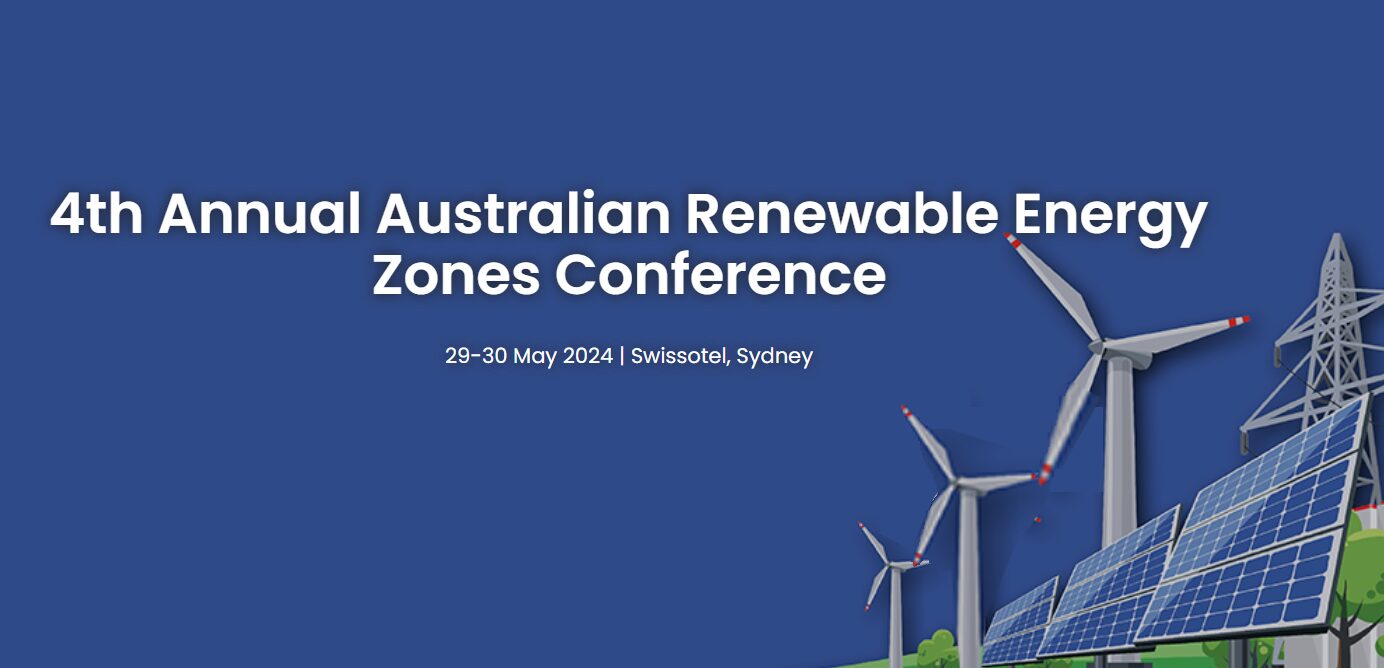
It’s been known for some time that green spaces have the power to play a significant role in combating climate change and decreasing the earth’s carbon footprint. As our cities grow and our green space grows too, how do we manage the climate footprint of their maintenance?
The industry has a role and responsibility to not contribute to further emissions, yet is dealing with a myriad of workforce pressures and pain points, such as high operating costs, labour shortages, and providing safe workplace environments. Technology can help play an important role with automation and robotics having the potential to be a green smart solution, now and into the future.
Husqvarna Australia commissioned a whitepaper titled ‘The role of robotics and automation in green space management’, which examines how automation and electrification can play a significant role in delivering optimal green space management across cities and towns with low-carbon, resource-smart solutions to maintain green spaces. It also outlines why industry experts are in support of a greater uptake of automation and technological innovation, and the potential for widespread adoption of robotics in the maintenance of green spaces across Australia to ‘lighten the load’ on the industry and the environment.
RMIT Associate Professor, Joe Hurley, believes urban green space is all about adaptation and resilience in the context of climate change.
“We need abundant and thriving green spaces to ensure cities remain liveable places in the future and can adapt under climate change.”
We need green space and we will need more of it in the future to help combat impacts of climate change. The industry has a role and responsibility to not contribute further to this issue through its emissions, yet is dealing with a myriad of pressures.
Director & Founder, Greenworx John Kalocsai says, “The cost of labour, fuel, consumables, superannuation, compliance, vehicles, plant and equipment, maintenance and more have increased. Unfortunately, the ability to recover the cost in the marketplace hasn’t kept pace with the cost increases, placing pressure on margins and profitability.”
The integration of automation and electrification in turf maintenance not only improves the efficiency and aesthetics of these green spaces but also aligns with the broader goals of mitigating climate change. By reducing resource usage and promoting environmental awareness, robotic technology becomes a valuable ally in the fight against climate change and enabling the workforce to deliver this vital natural asset for future livability in our towns and cities.
Automation and electrification – the future of turf maintenance
There are environmental and economic benefits of choosing automated lawn maintenance solutions, embracing these innovations on a larger scale can play a significant role in achieving CO2 reduction and reduce the use of resources such as chemicals. Below are some of the most prominent benefits of robotic mowers.
Reduced operating costs including labour efficiency
Transitioning from conventional commercial mowers to robotic mowers has been shown to significantly reduce turf maintenance costs by up to 50 per cent. This is partly because it frees up staff from time consuming, repetitive tasks, allowing crew to use their expertise for more varied and value-adding tasks. In addition, the reduction in costs are also due to:
- Lower maintenance costs with the ease of maintenance, reduced time and cost spent on sharpening cylinder and rotary mower blades, lubricating axles, changing belts and servicing engines.
- Elimination of fossil-fuel in the use phase with the transition to battery-powered solutions.
- Reduction in grass disposal, water and fertiliser with the benefits of the frequent mowing, the decomposition of clippings into the soil, providing natural fertilisation.
Increased productivity and easing manual labour demands
The introduction of robotic mowing supports labour shortages by automating the more mundane landscaping tasks, freeing up labour to perform the more complex, skilled tasks. Robotic mowers handle turf maintenance autonomously, cutting grass on a predetermined schedule, returning to the charging station as needed and with convenient control and management.
Battery-powered robotic mowers are quiet compared to a conventional petrol-driven lawn mower, allowing mowing to be scheduled during the night, providing convenience to tailor for the desired customer experience. Commercial mowers are increasingly designed to be able to work in all weather conditions, and therefore operate in the wet weather and on wet grass. Compared to conventional mowers, autonomous mowers are very light and can be found in the weight range of 15 to 75 kg. Their lighter weight gives them reduced ground pressure which causes less soil compaction compared to heavier machinery.
Improved turf quality and the environmental benefits
Robotic mowers promote healthier lawns and a healthier environment, providing several benefits and being a resource smart solution for lawn maintenance.
The commercial autonomous mowers are low in noise, lightweight and battery-powered with no direct emissions during use. The use of these solutions have the potential to significantly reduce carbon emissions by automating tasks that were previously performed by fossil fuel-powered mowers.












